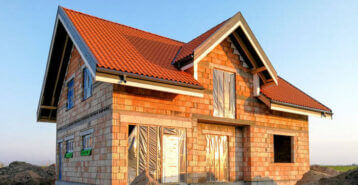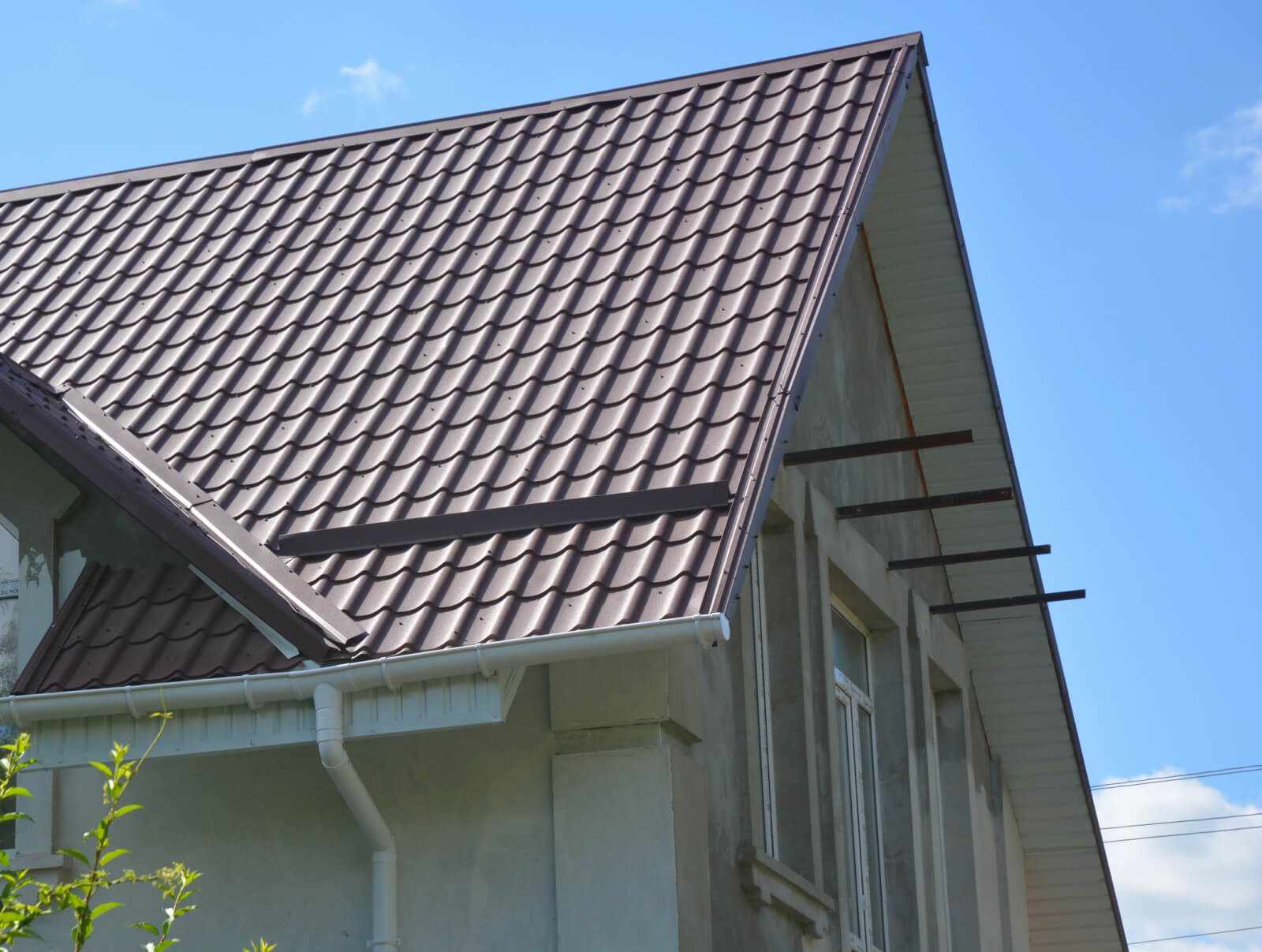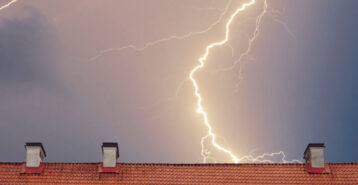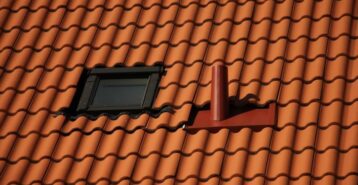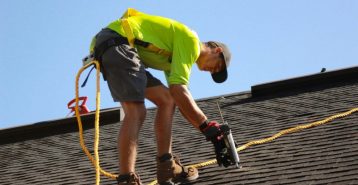What Is Metal Roofing?
Metal roofing is made from strong, recyclable materials like aluminum, copper, steel, tin, and zinc. It comes in a variety of styles, from sleek standing seam panels to shingles that mimic traditional slate or tile. Metal roofs can cost more upfront than asphalt shingles but offer decades of durability and energy savings.
» Looking for pricing details? For a full breakdown, see our metal roof cost guide.
Why Homeowners Choose Metal Roofs
- Long Lifespan: Unlike asphalt shingles (15 to 30 years), metal roofing can last 40 to 100+ years
- Tough and Weather-Resistant: Metal roofing stands up to high winds, heavy rain, snow, and even fire.
- Low Maintenance: Basic cleaning and occasional inspections are usually all it takes to keep your roof in good shape.
- Energy Efficient: Reflective coatings help reduce your cooling bills by keeping your home cooler in the summer.
- Eco-Friendly: Most metal roofs are made with recycled content and are fully recyclable at the end of their life.
- Increased Home Value: A well-installed metal roof can boost curb appeal and resale value.
If we’ve already convinced you to get a metal roof installed (or at least talk to a pro about it), click the button below. We’ll match you with up to four local roofing contractors so you can get quotes and expert advice.
Types of Metal Roofing Materials
There’s no one-size-fits-all when it comes to metal roofing. Different materials offer different strengths, looks, and costs. Here’s a closer look at five of the most popular options, so you can decide based on your home, climate, and budget:
Aluminum Roofing
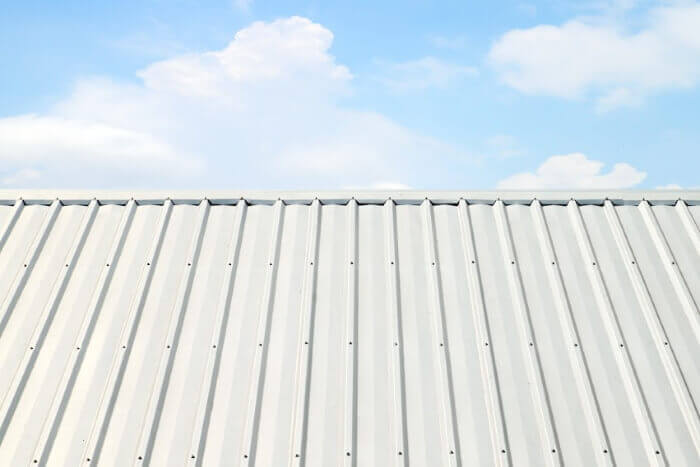
Why Homeowners Like It: Aluminum roofs are especially popular in areas with lots of rain or salty ocean air. It doesn’t rust, so it’s a great pick for homes near the coast. Plus, it’s super lightweight, which makes it easier and often cheaper to install than heavier metals. Homeowners also like that it reflects sunlight, which helps cut down on summer cooling costs.
» Learn more in our Guide to Aluminum Roofs
Copper Roofing 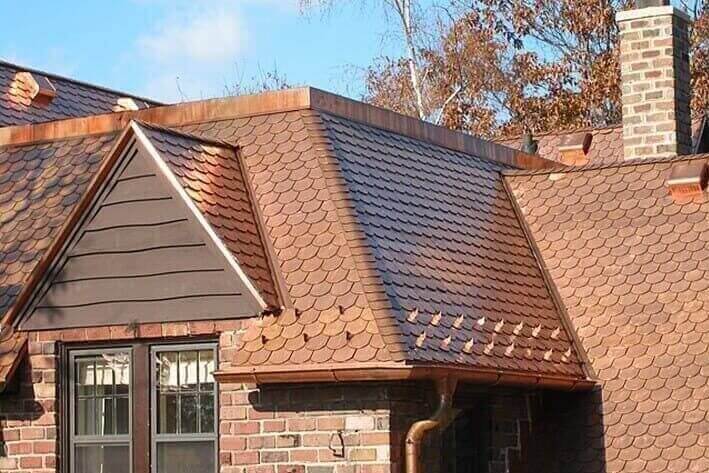
Why Homeowners Like It: Copper is often chosen for its elegance and unmatched lifespan. Over time, it forms a natural green patina (e.g. the Statue of Liberty) that gives it a historic, high-end look — no two copper roofs age exactly the same. It’s a great option if you want something that stands out and offers long-term value.
» Learn more in our Guide to Copper Roofs
Steel Roofing 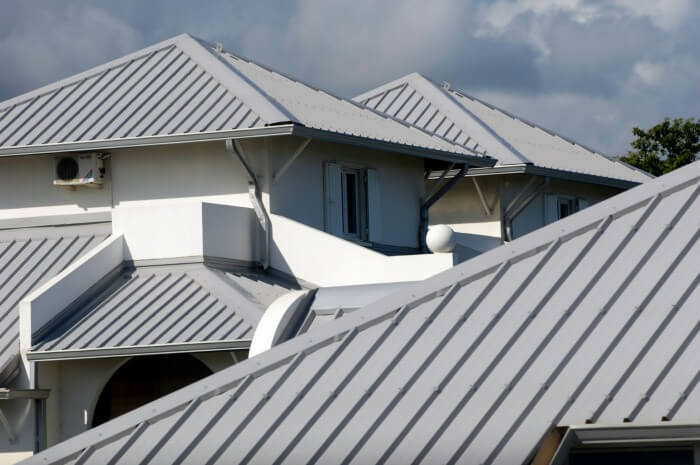
Why Homeowners Like It: Steel is one of the most commonly used roofing metals, and for good reason. It’s strong, widely available, and budget-friendly. If you want something that can handle rough weather without breaking the bank, steel is a smart choice.
» Learn more in our Guide to Steel Roofs
Tin Roofing 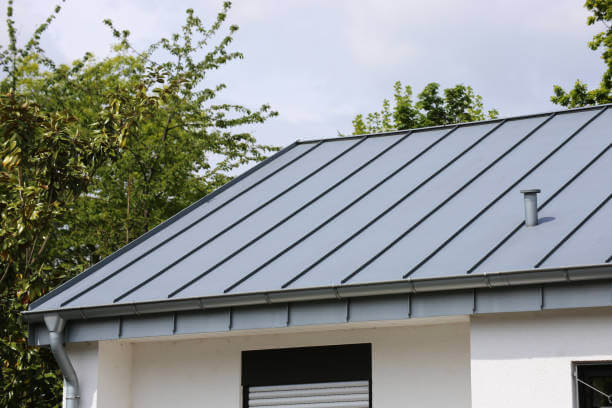
Why Homeowners Like It: You don’t see a lot of pure tin roofs these days, but the name still sticks around. Today, when people say “tin roof,” they usually mean steel coated with tin or terne. Tin is popular for its rustic charm and light weight, making it a great match for older homes or certain architectural styles.
» Learn more in our Guide to Tin Roofs
Zinc Roofing 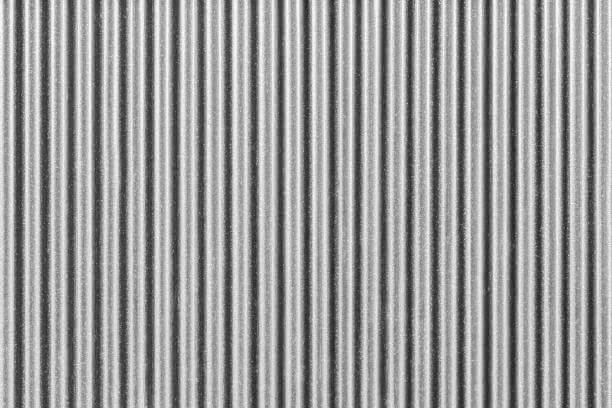
Why Homeowners Like It: Zinc is a favorite for modern homes and green building projects. It has a sleek, matte appearance and forms a patina that not only looks stylish but also protects the roof from damage. It’s a premium material that more than pays off over the years.
» Learn more in our Guide to Zinc Roofs
Metal Roofing Panel Styles
Choosing the right material for your roof is just one piece of the puzzle — how that metal is shaped and installed matters just as much. The panel style affects everything from your roof’s look to its performance in different weather conditions. Let’s break down the main styles you’ll come across and help you figure out which one fits your home best.
Standing Seam Metal Roofing 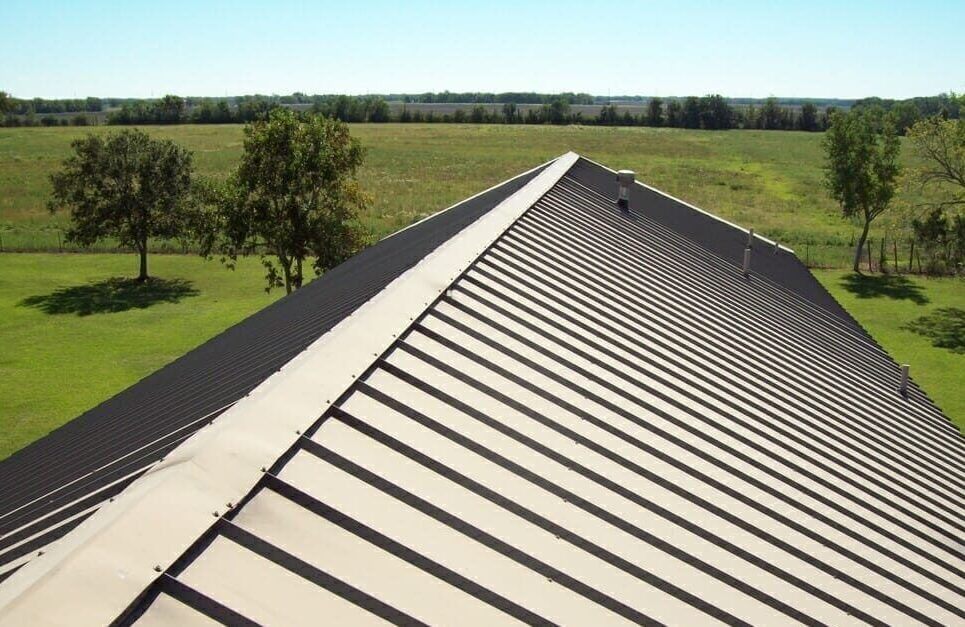
Standing seam is one of the most popular metal roofing styles — and for good reason. It features long, vertical panels that run from the ridge of the roof all the way down to the eaves. The seams (where the panels join) are raised above the panel level and hidden, giving the roof a smooth, modern look. This also helps protect fasteners from the elements, which boosts the roof’s durability.
» Learn more in our Guide to Standing Seam Metal Roofs
Corrugated Metal Roofing 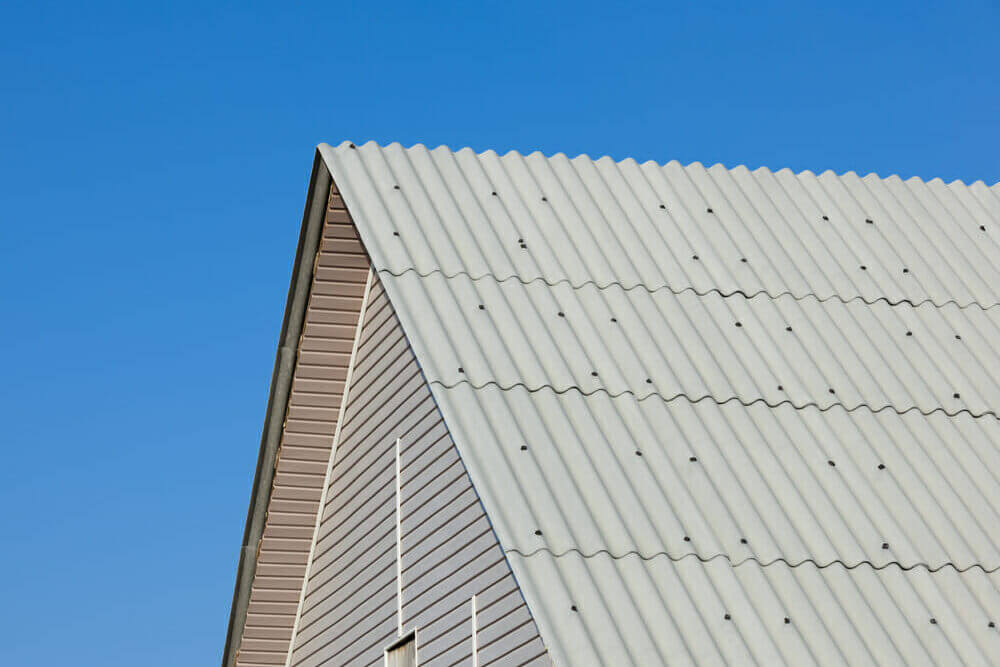
Corrugated metal is instantly recognizable thanks to its signature wavy pattern. These panels are typically made from steel or aluminum and are used on everything from barns to homes. The shape helps shed water and adds extra strength to the panels without increasing weight.
» Learn more in our Guide to Corrugated Metal Roofs
Metal Shingles and Tiles 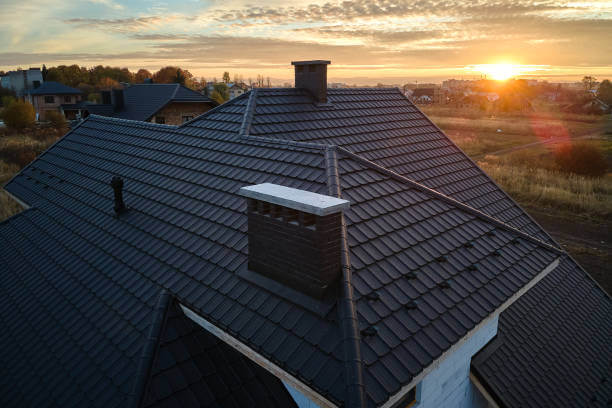
Metal shingles and tiles are made to mimic the look of traditional roofing materials like slate, wood shake, or clay tile — but with the strength and durability of metal. These panels are stamped or cast to give them a dimensional, authentic appearance that blends beautifully into residential neighborhoods.
Metal Roofing Maintenance
One of the biggest perks of metal roofing is how little upkeep it needs — but that doesn’t mean it’s totally hands-off. A little maintenance goes a long way in helping your roof last longer and perform better. Here’s what to keep in mind to keep your metal roof looking and working like new:
Basic Cleaning
A simple rinse with a garden hose can remove dirt, dust, and debris. For deeper roof cleaning, especially if you have tree sap, moss, or mildew, use mild soap and water. Avoid harsh chemicals or abrasive scrubbers — those can damage your roof’s protective coating.
Check for Debris and Clogs
After storms or every few months, take a look (or have a pro check) for leaves, branches, or other debris that might clog your gutters or valleys. Buildup can trap water and lead to problems over time.
Inspect for Damage
Even though metal roofs are tough, inspecting them once or twice a year, especially after big storms, is a good idea. Look for loose fasteners, scratched paint, or signs of denting. Catching small issues early can save you from more costly repairs down the road.
Keep It Coated
Most metal roofs come with a factory-applied protective coating like galvanized or galvalume. Over time, these coatings may wear down, especially in harsh climates. Reapplying a finish like Kynar can restore protection and extend the life of your roof.
Things to Consider with Metal Roofs
Before deciding on a metal roof, here are a few things to keep in mind:
- Higher Upfront Cost: Metal roofs can be more expensive to install than asphalt shingles, but they offer long-term savings through durability and energy efficiency.
- Potential for Noise: Rain or hail can be louder on metal, though proper insulation and underlayment help reduce sound.
- Denting Risk: Softer metals like aluminum or copper may dent from hail or falling debris. Thicker panels or steel can help prevent this.
- Thermal Expansion: Metal expands and contracts with temperature changes. Proper installation ensures this doesn’t lead to long-term issues.
- Style and HOA Rules: Not all styles are allowed in every neighborhood. Check with your homeowners association before committing to a color or profile.
Choosing the Right Metal Roof for Your Home
Consider your climate, budget, and style preferences. Aluminum works well in coastal areas. Steel is great for snowy regions. If you want a roof that turns heads and lasts a lifetime, copper or zinc may be worth the extra investment.
FAQs: Metal Roofs
What is the downside of a metal roof?
Metal roofs can be noisier during heavy rain or hail and may dent from falling debris. Softer metals like aluminum or copper are more prone to this than steel.
What color is best for metal roofing?
Light colors reflect heat and help with energy efficiency, while darker shades can absorb warmth in colder climates. Choose based on your region, energy goals, and style preferences.
What are the two biggest concerns with a metal roof?
The two biggest concerns with metal roofing are:
- Upfront Cost: Metal roofs typically cost more to install than traditional materials.
- Noise and Denting: Without proper insulation, metal roofs can be noisy during storms and may dent from hail or falling debris.
These issues can often be managed with the right underlayment, thickness, and professional installation.
What is the best metal roofing for my home?
It depends on your climate, budget, and style goals. Aluminum works well in coastal areas, steel in snowy climates, and copper or zinc for premium, long-lasting appeal.
What is the cheapest type of metal roof?
Corrugated steel is usually the most budget-friendly option, offering durability at a lower cost than premium metals.
What is the most expensive metal roof?
Copper roofing sits at the top end of pricing but offers unmatched longevity and a distinctive look.
Can you install metal roofing over shingles?
Yes, in many cases, metal roofing can be installed over existing shingles, which saves on labor and disposal costs. Always confirm with a professional to ensure your roof structure can handle it.

